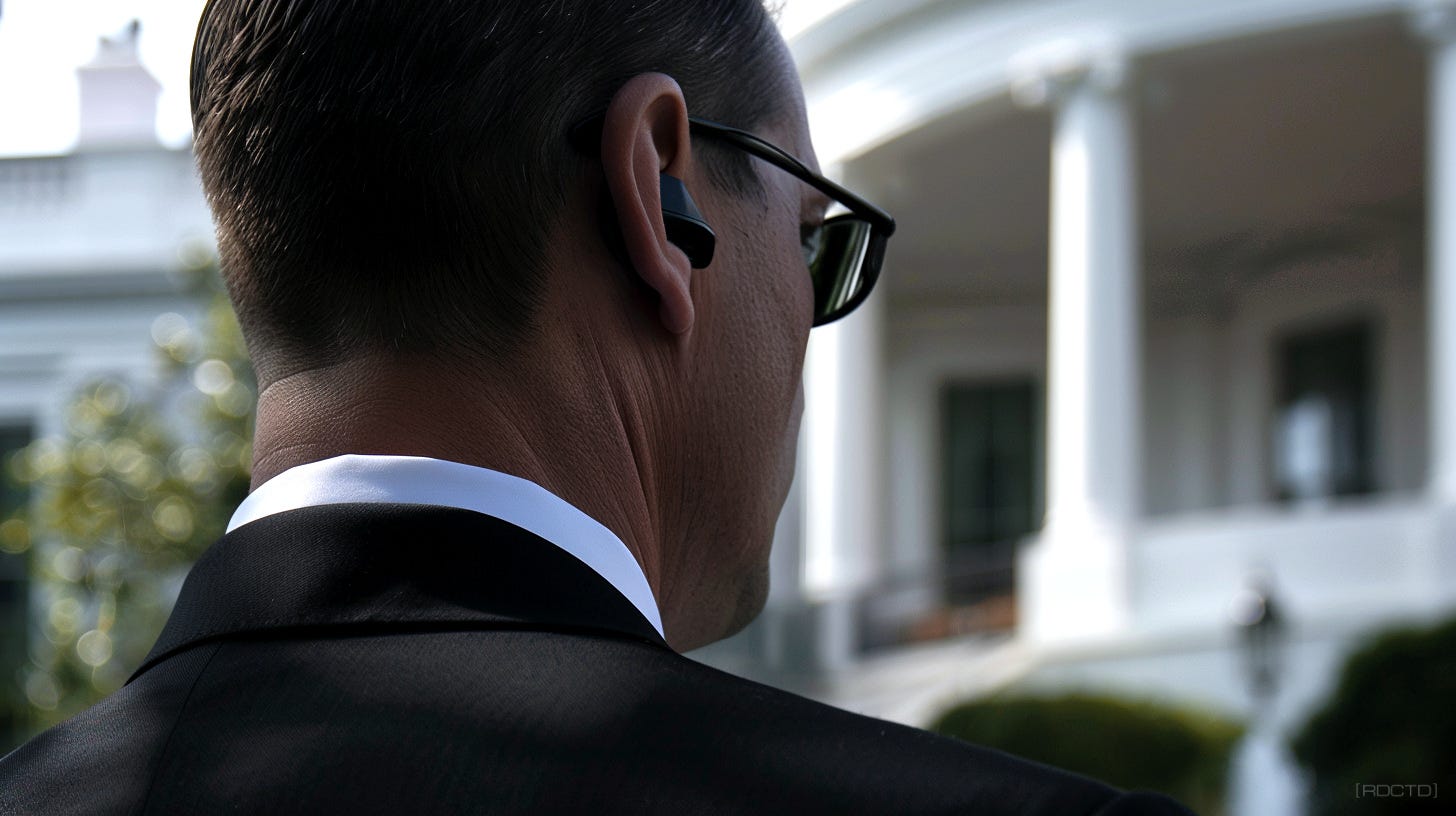Having The Situational Awareness of a Secret Service Agent
The advanced situational awareness method used by U.S. Secret Service agents, allowing you to identify, assess, and proactively respond to potential threats in real-time.
Situational awareness is fundamental to the operational effectiveness of the United States Secret Service. Charged with protecting high-profile individuals like the President and Vice President, Secret Service agents must sustain heightened awareness to identify and neutralize potential threats.
ADVANCED SITUATIONAL AWARENESS
Situational awareness is the ability to identify, process, and understand the critical elements of information about your surroundings. This skill is essential for Secret Service agents, who must remain constantly alert and prepared to respond to any potential threat. Situational awareness is built on three key components: perception of the environment, comprehension of the situation, and projection of future events. Each component is crucial in enabling agents to effectively safeguard their principals and themselves.
Perception of the Environment
The first step in achieving situational awareness is accurately perceiving the environment. This requires keen observation skills and the ability to notice even the smallest details. Secret Service agents are trained to continuously scan their surroundings, using both central and peripheral vision to gather a wide range of information. This constant scanning enables agents to create a mental map of their environment, identifying potential threats and escape routes.
To enhance their perception, agents often establish a baseline for what is considered normal in a given location. This baseline includes typical behaviors, sounds, and activities that regularly occur in the environment. For instance, in a public square, the baseline might encompass the usual flow of pedestrian traffic, the sounds of street vendors, and the presence of security personnel. By understanding what is normal, agents can more easily identify anomalies that may signal a potential threat.
Comprehension of the Situation
After perceiving the environment, the next step for agents is to comprehend the situation. This involves understanding the significance of the observed elements and events. Agents must interpret the information they have gathered to assess whether it poses a threat. This requires a deep understanding of human behavior, body language, and the context of the environment.




